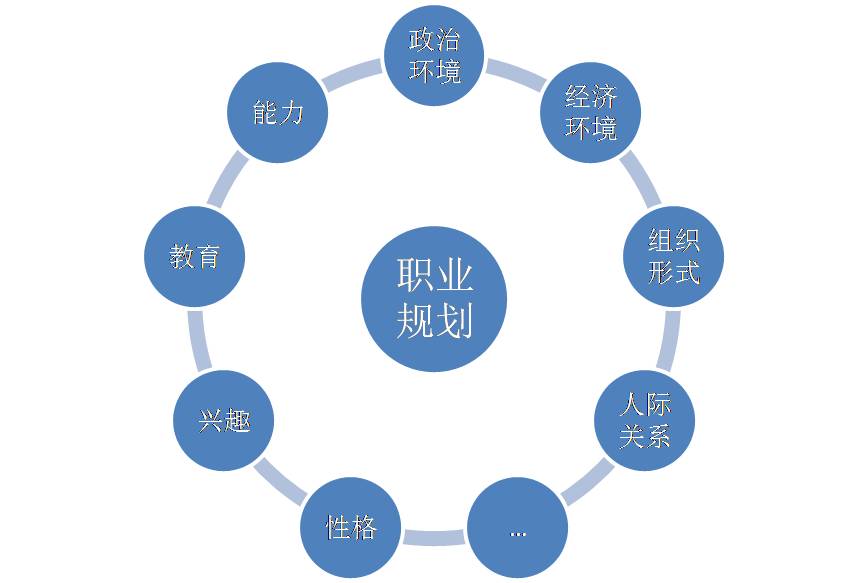教学设计:A Letter from Grandpa - Language and Literature Teaching
Objective:
To enable students to comprehend and appreciate a letter written by their grandfather, focusing on language and literature teaching.
Materials:
- A letter from grandpa (real or simulated)
- Reading comprehension questions
- Vocabulary flashcards
- Text analysis worksheet
- Group discussion prompts
Procedure:
Step 1: Introduction (5 minutes)
1. Begin the class by asking students if they have ever received a letter from their grandfather. If yes, ask them to share their experience and why it was memorable.
2. Introduce the purpose of the lesson, which is to analyze a letter written by their grandfather and understand its significance through language and literature teaching.
Step 2: Reading Comprehension (15 minutes)
1. Present the letter from grandpa to the students. Encourage them to read it carefully and silently.
2. Distribute reading comprehension questions to the students, focusing on key vocabulary words, sentence structures, and literary devices used in the letter.
3. Allow students to work in pairs or small groups to answer the questions. Encourage them to discuss their answers with each other and clarify any doubts.
4. Afterward, gather the students for a class discussion to share their findings and insights about the letter. Ask open-ended questions to encourage critical thinking and reflection.
Step 3: Vocabulary Flashcards (10 minutes)
1. Create flashcards with key vocabulary words from the letter, such as synonyms, antonyms, and idiomatic expressions.
2. Shuffle the cards and ask students to match the vocabulary word with its definition. Encourage them to use the new words in sentences to reinforce their understanding.
3. Repeat this activity with different sets of flashcards to ensure that all students have had a chance to learn and practice new vocabulary words.
Step 4: Text Analysis Worksheet (15 minutes)
1. Provide the students with a text analysis worksheet, which includes questions about the author's purpose, tone, imagery, and symbolism used in the letter.
2. Ask students to read the worksheet carefully and fill in their answers based on what they have learned from the reading comprehension questions and group discussion.
3. Encourage students to provide examples from the letter to support their analysis and make connections between the text and real-life situations or personal experiences.
Step 5: Group Discussion (15 minutes)
1. Invite students to form groups of four or five members. Each group should discuss their analysis of the letter, sharing their thoughts and opinions on the author's writing style, message, and overall impact on them personally.
2. Facilitate the discussion by asking open-ended questions, encouraging active listening, and providing feedback on each group's presentation.
3. Once all groups have presented, lead a class discussion on the various aspects of language and literature taught through the letter from grandpa. Encourage students to reflect on how these skills can be applied in their own writing and communication.
Assessment:
- Assessment will be based on participation in class discussions, completion of reading comprehension questions, vocabulary flashcards, and text analysis worksheet.
- Additionally, students can be assessed through written assignments such as personal letters or creative writing pieces inspired by their grandfather's letter.
Objective:
To enable students to comprehend and appreciate a letter written by their grandfather, focusing on language and literature teaching.
Materials:
- A letter from grandpa (real or simulated)
- Reading comprehension questions
- Vocabulary flashcards
- Text analysis worksheet
- Group discussion prompts
Procedure:
Step 1: Introduction (5 minutes)
1. Begin the class by asking students if they have ever received a letter from their grandfather. If yes, ask them to share their experience and why it was memorable.
2. Introduce the purpose of the lesson, which is to analyze a letter written by their grandfather and understand its significance through language and literature teaching.
Step 2: Reading Comprehension (15 minutes)
1. Present the letter from grandpa to the students. Encourage them to read it carefully and silently.
2. Distribute reading comprehension questions to the students, focusing on key vocabulary words, sentence structures, and literary devices used in the letter.
3. Allow students to work in pairs or small groups to answer the questions. Encourage them to discuss their answers with each other and clarify any doubts.
4. Afterward, gather the students for a class discussion to share their findings and insights about the letter. Ask open-ended questions to encourage critical thinking and reflection.
Step 3: Vocabulary Flashcards (10 minutes)
1. Create flashcards with key vocabulary words from the letter, such as synonyms, antonyms, and idiomatic expressions.
2. Shuffle the cards and ask students to match the vocabulary word with its definition. Encourage them to use the new words in sentences to reinforce their understanding.
3. Repeat this activity with different sets of flashcards to ensure that all students have had a chance to learn and practice new vocabulary words.
Step 4: Text Analysis Worksheet (15 minutes)
1. Provide the students with a text analysis worksheet, which includes questions about the author's purpose, tone, imagery, and symbolism used in the letter.
2. Ask students to read the worksheet carefully and fill in their answers based on what they have learned from the reading comprehension questions and group discussion.
3. Encourage students to provide examples from the letter to support their analysis and make connections between the text and real-life situations or personal experiences.
Step 5: Group Discussion (15 minutes)
1. Invite students to form groups of four or five members. Each group should discuss their analysis of the letter, sharing their thoughts and opinions on the author's writing style, message, and overall impact on them personally.
2. Facilitate the discussion by asking open-ended questions, encouraging active listening, and providing feedback on each group's presentation.
3. Once all groups have presented, lead a class discussion on the various aspects of language and literature taught through the letter from grandpa. Encourage students to reflect on how these skills can be applied in their own writing and communication.
Assessment:
- Assessment will be based on participation in class discussions, completion of reading comprehension questions, vocabulary flashcards, and text analysis worksheet.
- Additionally, students can be assessed through written assignments such as personal letters or creative writing pieces inspired by their grandfather's letter.
上一篇: 熟悉plc需要做的具体行为:(必填)




